Online plants smaller than nurseries?
daysquid
11 years ago
Related Stories
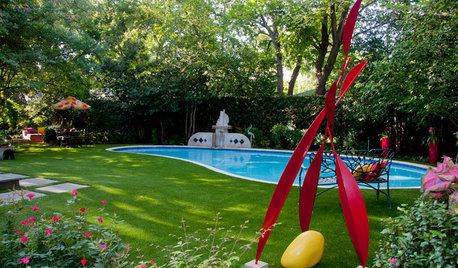
COLOR8 Ways to Rev Up Your Garden Color With More Than Just Plants
Bring energy and excitement to your outdoor space by going bold with color, from small touches to big changes
Full Story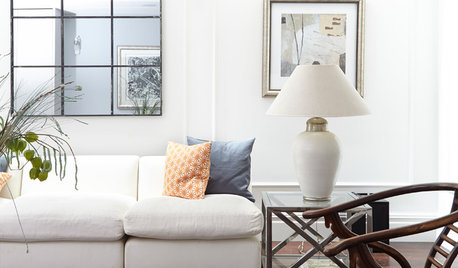
FEEL-GOOD HOME9 Ways to Boost Your Home’s Appeal for Less Than $75
Whether you’re selling your home or just looking to freshen it up, check out these inexpensive ways to transform it
Full Story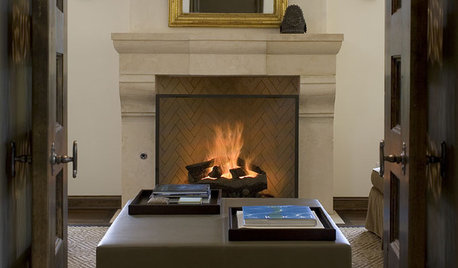
FIREPLACESRumford Fireplaces Are Hotter Than Ever
Higher efficiency and good looks are leading homeowners back to this 18th-century fireplace design
Full Story
GARDENING GUIDESGreat Design Plant: Butterfly Milkweed, a Beacon in the Prairie
Vivacious orange flowers for you, nectar for the butterflies and bees. Asclepias tuberosa is worth planting for more reasons than one
Full Story
FLOWERSRudbeckia Mania: Go Beyond Black-Eyed Susan in the Garden
Branch out from typical nursery fare, with lesser-known Rudbeckia species that have delightfully unexpected features
Full Story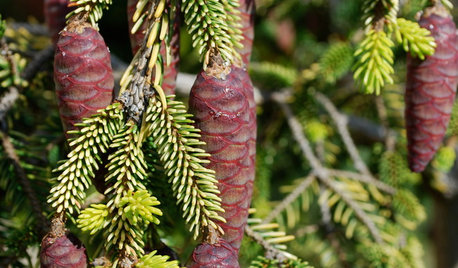
GARDENING GUIDESGreat Design Plant: Skylands Oriental Spruce, a Favorite Conifer
Brighten up a drab corner of your garden with Picea orientalis ‘Skylands’, a smaller spruce that a bird family might just call home
Full Story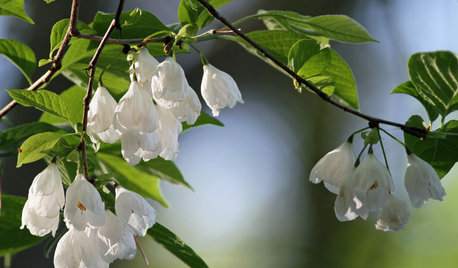
GARDENING GUIDESGreat Design Plant: Halesia Tetraptera
Carolina silverbell is a Southeastern native tree that adds spring blooms to a shady slope, a woodland edge or even a lawn
Full Story
GARDENING GUIDESHow to Find the Right Native Plants for Your Yard
Find plant maps, sale sites and guides that make going native in the garden easier than ever
Full Story
FALL GARDENINGBe Your Own Wildflower Nursery
Gather seeds from your garden in fall, and you'll have a selection of plants for next year — without spending a dime
Full Story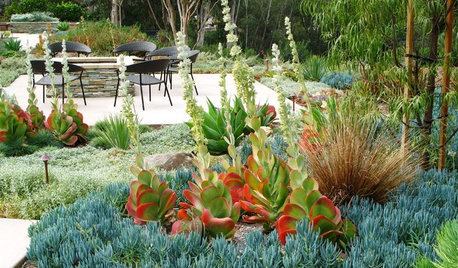
GARDENING GUIDESGreat Design Plant: Paddle Plant
If you're looking for awesomely strange foliage and low care requirements, this succulent is right up your alley
Full StoryMore Discussions






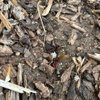
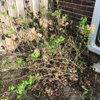
mistascott
mxk3 z5b_MI
Related Professionals
Carlisle Landscape Architects & Landscape Designers · Williamsburg Landscape Contractors · Wilmington Landscape Contractors · Bedford Heights Landscape Contractors · Bethel Park Landscape Contractors · Mahwah Landscape Contractors · Melrose Park Landscape Contractors · New Baltimore Landscape Contractors · North Canton Landscape Contractors · Salmon Creek Landscape Contractors · San Bruno Landscape Contractors · Twin Falls Landscape Contractors · Antioch Landscape Contractors · Forest Hill Landscape Contractors · Vadnais Heights Landscape Contractorsken_adrian Adrian MI cold Z5
ninamarie
diggerdee zone 6 CT
kimka
river_crossroads z8b Central Louisiana
daysquidOriginal Author
ninamarie
rhizo_1 (North AL) zone 7